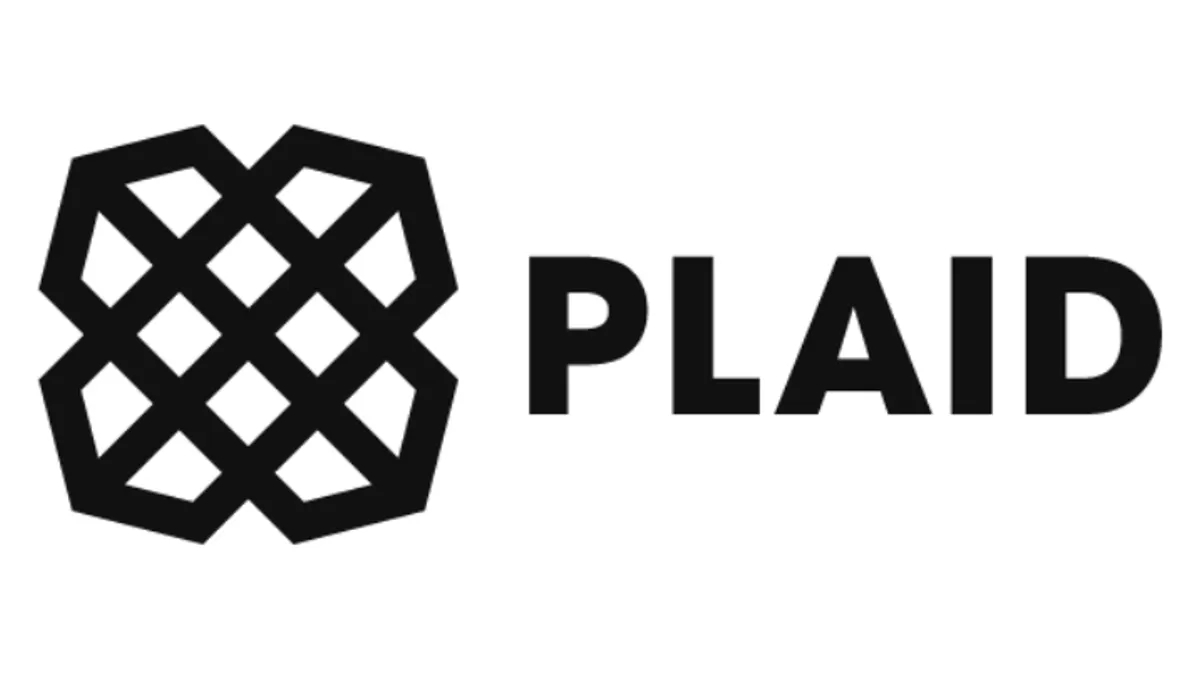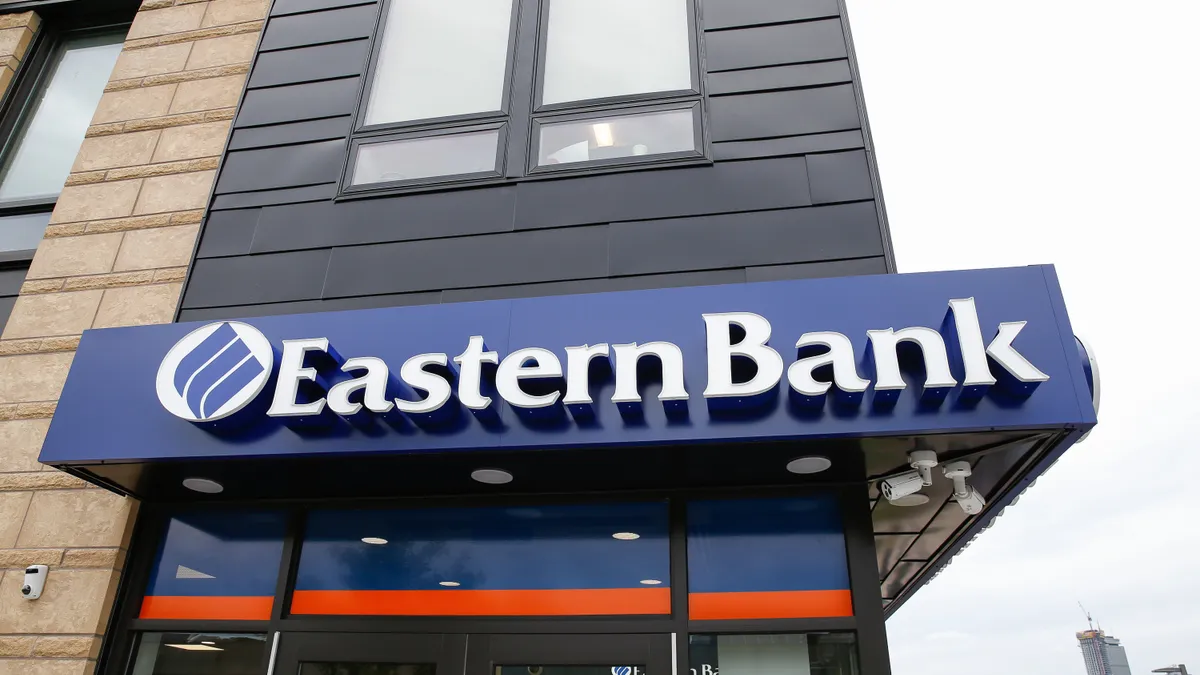Plaid, a fintech that connects consumers’ financial services apps to their bank accounts, is actively tapping talent with experience working in the banking sector, a strategy it says is helping it execute on its goal to grow its relationships with traditional financial institutions.
In the past several months, the San Francisco-based company said it has filled roles with executives who have spent time at banks such as Goldman Sachs, JPMorgan Chase, HSBC, Royal Bank of Canada and Standard Chartered.
Several senior-level Plaid hires that have come from the traditional banking space include Patrik Ringstroem, Plaid’s head of strategic initiatives, who used to head corporate strategy at JPMorgan Chase; Plaid Product Lead Pete Tiwari, who was head of digital product management at Goldman Sachs’ Marcus; and Raja Chakravorti, Plaid's financial institutions midmarket leader, who has held roles at JPMorgan and Goldman Sachs.
"Over the past year, bringing in some of the new employees to Plaid who have deeper banking experience has helped us do a couple of things," said Ginger Baker, head of financial access at Plaid. "One is to have conversations in a way where we are using the same language, where we are prioritizing the same things that are important, and we are aligning around the same kinds of principles more easily."
Baker said Plaid has also brought in product leaders and technical leaders who have experience working with innovation teams at banks.
"They're better able to work with banks to bring these experiences and these principles to life," Baker said.
Since joining Plaid a year ago, Baker said the fintech has doubled its efforts to improve its relationships and build trust with financial institutions.
"There's a recognition that the financial institutions’ customers, who are also customers of many of the applications that use Plaid’s services, are really who the entire industry is trying to serve," Baker said. "The ability to build bridges not only with our developer clients, but our financial institution partners is critical in making sure that the consumer is served in the best way possible."
Baker, who has held roles at Facebook and Square, said Plaid has been intentional about seeking out talent that hails from both the tech and banking industries.
"We want to complement that kind of experimental thinking with people who are grounded in the realities, the regulatory environment understanding, and the technical understanding that our traditional banking partners are faced with every day," Baker said.
The strategy appears to be paying off. Plaid, which claims to connect to more than 11,000 financial institutions in the U.S., Canada, the U.K, and Europe, said it has either completed or has in place data-sharing agreements with most major U.S. financial institutions.
The fintech, in recent months, secured deals with U.S. Bank and Capital One, as it looks to gain ground on a data-sharing agreement goal it announced last year. Plaid plans to have 75% of its traffic dedicated to application programming interfaces (APIs) by the end of 2021.
Baker declined to share how far along Plaid is in meeting that goal but said its recent contracts with U.S. Bank and Capital One, which represent the vast majority of traffic, have helped the fintech make "a significant dent in that number."
"It's something that I know, coming from the financial institution side, is important to banks," said Ringstroem, on data-sharing agreements. "And frankly, it’s a goal that we share."
Plaid’s mission to forge stronger relationships with banks, as well as increase its API traffic, comes as the interplay between data aggregators and financial institutions hasn’t always been amicable.
Institutions such as JPMorgan Chase and PNC have taken issue with screen scraping, a method Plaid and other aggregators have used to gather customer data to link their accounts to financial apps, such as peer-to-peer (P2P) payment platform Venmo and robo-adviser Betterment.
Some banks have cited privacy concerns with the practice and have blocked some aggregators from accessing passwords through screen scraping. Wells Fargo, for example, signed a data-sharing agreement with Plaid that lets the data aggregator pull customer data from the bank's server through an API, which the bank cites as more secure.
But not all banks have the technology budget to build their own APIs, a disparity that perpetuates a lack of consumer choice, some fintechs have argued.
Plaid last year launched Plaid Exchange, an API platform to help smaller institutions compete with larger firms by moving them away from credential sharing, or screen scraping.
Some banks, meanwhile, have taken issue with Plaid's methods. TD Bank sued the data aggregator last year, accusing Plaid of knowingly creating a user interface that features the bank's trademark, logos and green color scheme and mimics the bank's login page in an effort to "dupe" TD customers who are linking their bank accounts to payment apps "into believing they are entering their sensitive personal and financial information in the bank's trusted and secure platform." TD filed a motion in May indicating the case had been settled.
Plaid’s continued efforts to boost its API traffic come as the White House issued an executive order encouraging more financial data sharing in the banking industry.
"With the recent executive order, I think that this consumer-at-the-center principle is going to become even stronger in the industry," Baker said. "I'm delighted that we have a series of milestones, and proof points of partnerships over the last year that are really going to help us to build similar types of relationships and partnerships with other institutions going forward."



















